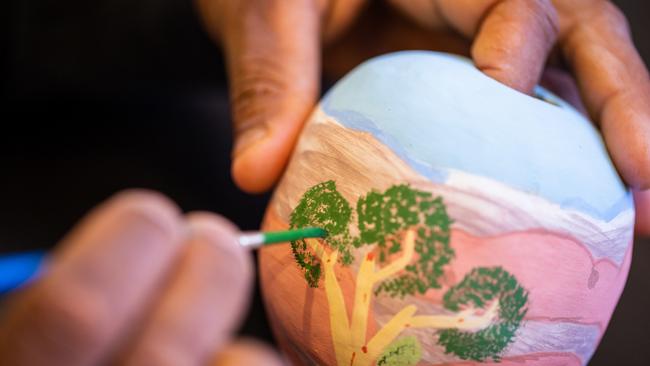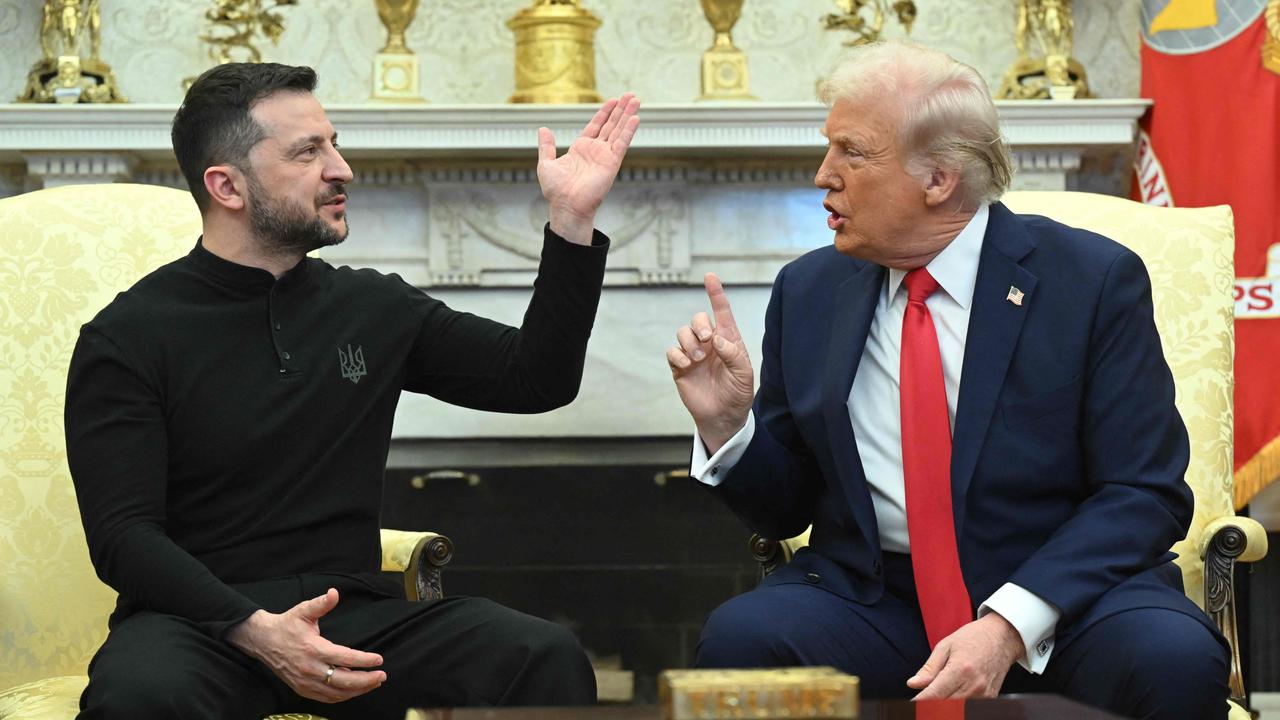Sharing King Charles views on sustainable finance industry

But last month, this is exactly what happened. I was deeply privileged to have the opportunity to discuss how Australia is building its sustainable finance industry and making significant shifts in how capital investments are being assessed as green.
Why is sustainable finance important to Australia’s economy?
Put simply, we are in the biggest transition since the industrial revolution. Whether we like it or not, global finance is moving in this direction.
If Australia wants to attract global capital, we need to be able to meaningfully shift how we get big money to things that matter.
Australia has the fourth-largest pool of investment funds globally – and the largest in Asia. The Australian Sustainable Finance Institute’s work is focused on getting large pools of capital – from super funds, to banks, insurers and government – to assets that will create climate, environmental and social outcomes.
Sustainable finance flows have increased, but competition for capital is strong globally, and Australia must be proactive in scaling its ambitions to attract investment and deliver domestic opportunities for Australian financial institutions with global reach.
A key theme that emerged loud and clear with the King was leadership. In particular, the need for leadership, from likely and unlikely places to achieve the progress that we need, and the critical role of the finance sector and multi stakeholder partnerships in this.
Creating an Australian taxonomy that is credible, usable and supports transition is a critical part of this leadership.
The Australian Sustainable Finance Taxonomy will be a tool that Australian companies, investors and the wider community can use to confidently assess the green claims of economic activities and to confidently invest in and allocate capital to projects that advance net zero.
As an OECD country, with a significant transition opportunity, credibility of Australia’s taxonomy with global capital markets is critical to Australia’s ability to continue to attract international capital to support our transition.
An Australian taxonomy will unlock favourable global finance to Australia’s key industries which are classified as green or are credibly transitioning. In Europe, several banks are offering price incentives if an activity is aligned to the EU taxonomy. This is game-changing for emerging industries and innovation to reduce the cost of capital and create incentives for investment.
Australia’s taxonomy will be the first in the world which will look to include mining and critical minerals. There will be significant opportunities to support industries with investments that contribute to a net-zero economy and green exports. With these measures, there is significant opportunity, and that is getting big money to things that matter.
From January 2025, Australia’s mandatory climate disclosure framework takes effect, which focuses on climate risk. This will be a significant step in aligning Australia’s ambitions with other like-minded economies.
The taxonomy is the other side of the coin – an important tool to identify investment opportunities that will drive the transition, and another critical piece of Australia’s leadership that will further encourage global capital to our market.
Another area that is harnessing more focused interest is how to meaningfully elevate First Nations people and perspectives into sustainable finance and move beyond employment and procurement to equitable partnerships that support self-determination.
How do we do this?
By working in partnership. Last week, at the ASFI Summit, we announced that we will be partnering with First Nations Projects Group to co-design a new organisation that will provide support to First Nations groups in developing partnerships with industry and government on major projects where there are shared interests.
The purpose of this body is to support First Nations groups, the finance sector, and the renewables and extractive sectors to come together and deliver effective partnerships and commercial agreements based on the principles of self-determination, equity and participation.
The partnership will bring the power of the finance sector alongside the deep knowledge and expertise of First Nations to set a new benchmark for equitable partnerships and co-design.
We see real opportunities for this organisation that could provide specialist advice in areas that existing bodies do not cover, such as capital raising, equity positioning for major projects, and specialist negotiations and agreements for First Nations.
It is now time for an approach that brings collective stakeholders together in a way that benefits all parties.
This is particularly important with new clean energy developments and the continuation of the extractive resources industry – particularly in the critical mineral space.
These two pieces of work – the taxonomy and partnerships between finance and First Nations groups – are critical to ensure sustainability isn’t an aspiration but a core part of financial decisions across every sector.
Whether you’re a policymaker, banker, investor or civil society leader, we all play a role in driving this transformation.
As we can see with global developments, sustainable finance is no longer niche – it’s becoming mainstream.
And Australian leadership on sustainable finance is no longer optional – it’s expected.
Kristy Graham is CEO of the Australian Sustainable Finance Institute.



Five years ago, if you had told me I would be speaking with Australia’s King about sustainable finance and aligning Australia’s economy with nature positive and net-zero targets, I would have laughed you off.